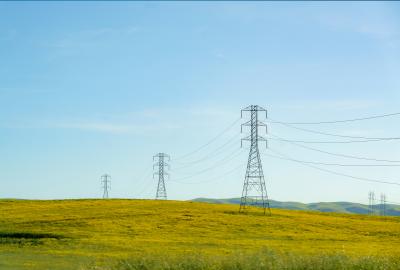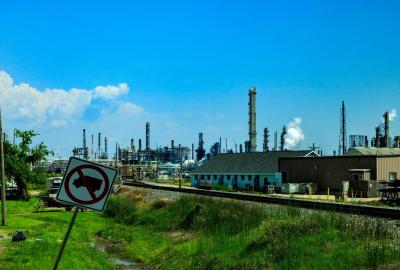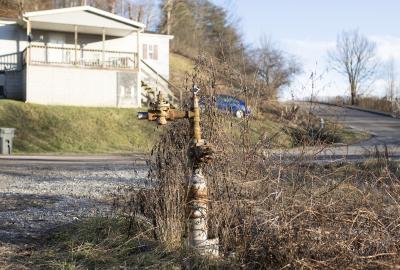Fighting climate change costs far less than doing nothing
Without action to slow global warming, the economic damage caused by climate change is projected to cost $38 trillion dollars a year.
“That’s like buying every property in New York City nine times over,” says Juan Pablo Hoffmaister, an expert in climate finance at Environmental Defense Fund.
But it doesn’t have to be this way.
Scientists say we can still keep global average temperatures from climbing to catastrophic levels if we cut greenhouse gas emissions significantly by 2030. “Prevention is always cheaper than the cure,” Hoffmaister says.
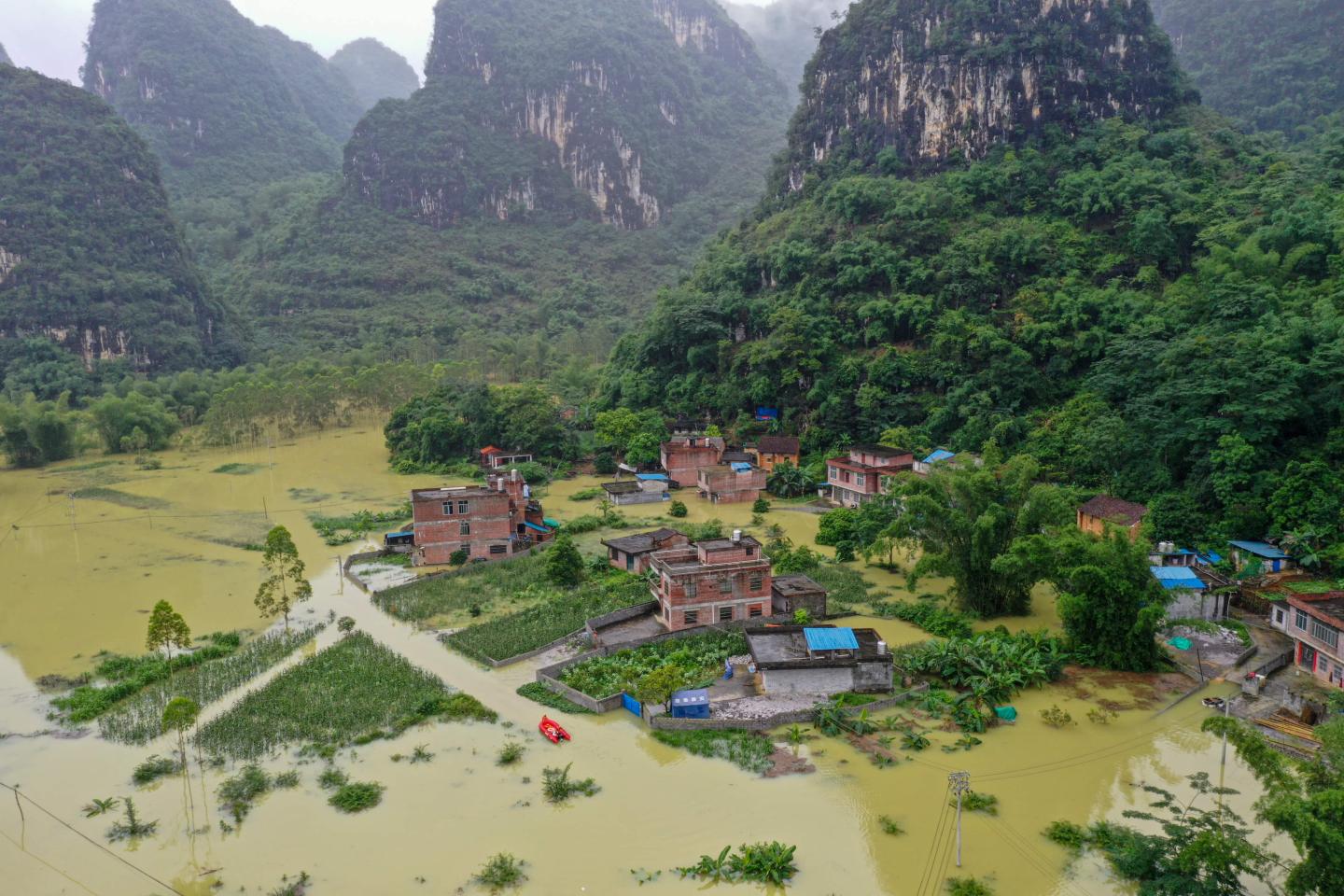
That requires considerable investment in efforts to slash pollution while ramping up renewable energy and other climate change fighting measures. And, so far, we haven’t done enough.
According to experts at the United Nations, world leaders need to mobilize at least $2.4 trillion just to help the most vulnerable nations adapt to a warming world. Much more is needed to fight all the effects and pump the brakes on climate change.
Here’s what to know.
Why do we need so much money?
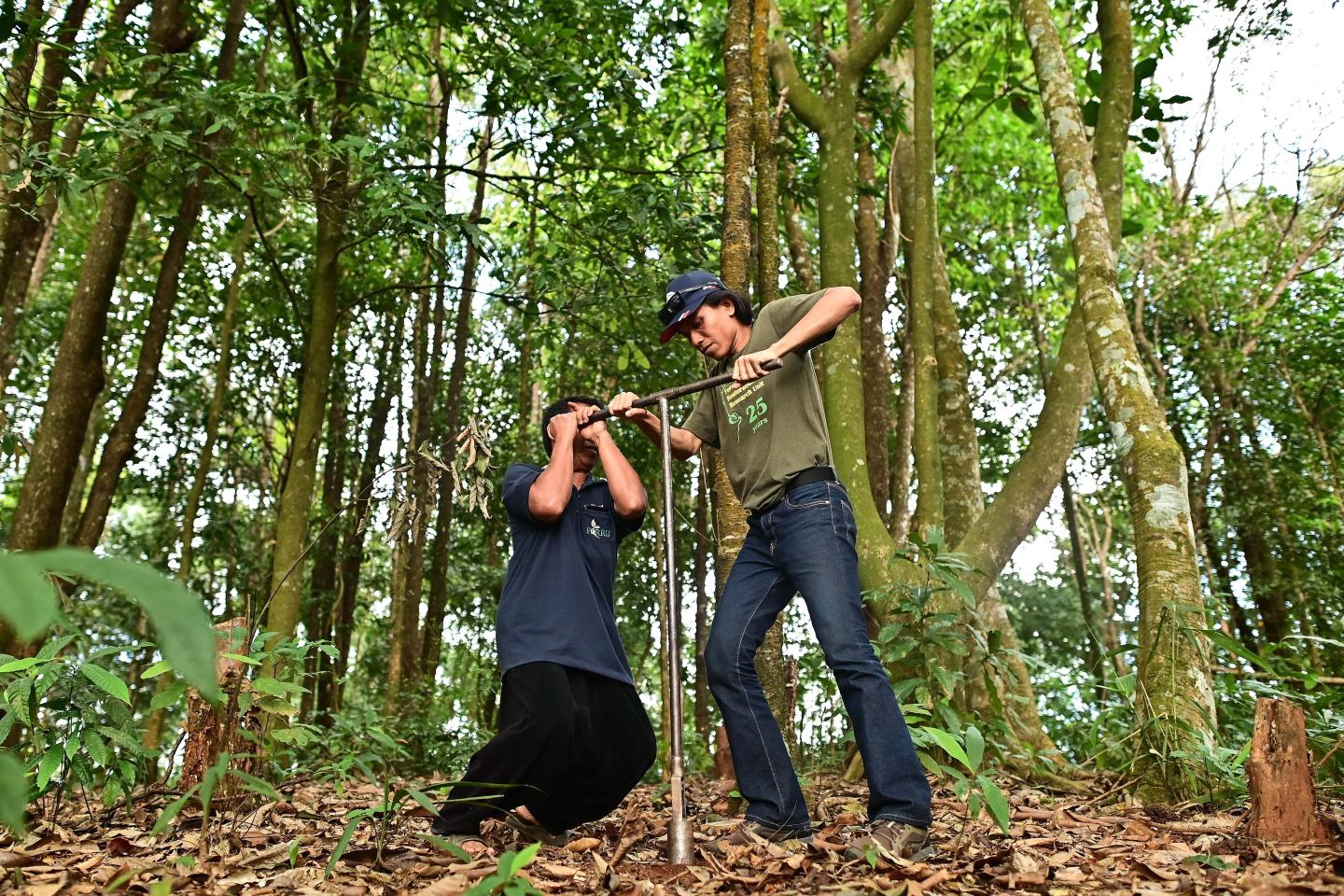
Fighting climate change requires multiple things to happen, fast.
For example, money is needed to fund renewable energy projects that can produce electricity without emitting carbon dioxide.
It’s also needed to preserve and restore the world’s forests, which capture large amounts of carbon. In hurricane- and flood-prone areas, funding is needed for things like early warning systems that can help residents prepare and minimize damage.
Where will the money come from?
That’s the trillion-dollar question. Some will come from governments. Infrastructure, like building seawalls to protect coastal areas from flooding, for example, needs to be publicly funded. But it will also come from private finance, such as corporate investments in renewable energy, energy efficiency, institutional investors, venture capital and private equity funds focused on clean technology, as well as alternative sources, like carbon markets and emissions trading programs.
The United Nations is also making resources accessible to developing countries, including a new "loss and damage" fund that provides direct, global financial support to countries and communities struggling with the effects of climate change.
Funding for climate solutions can also come in the form of debt forgiveness. Belize, for example, is in talks to have its debt forgiven in exchange for funding natural climate solutions in the country.
“Every country has competing priorities that put a strain on resources,” Hoffmaister says. “But we have to remind ourselves that the impacts of climate change are not limited to national borders, and increasing resilience in other countries helps all of us.”
As governments fight climate change, will taxes go up?
While some actions require public financing, there are ways to minimize the burden on citizens, Hoffmaister says. Fees on large financial transactions — for example, over a million dollars — can be used to raise money to fight climate change.
“And many governments are encouraging private sector investment,” says Hoffmaister. For example, Barbados, an island nation that’s very vulnerable to climate disasters, is setting up a bank to finance green projects locally.
What roadblocks are holding up funds?
Getting countries to agree on ways to make resources available remains a problem, as some leaders want money to flow directly from wealthy countries to poorer countries, while others advocate for making resources available from new sources, like private capital.
"Also, some leaders want to keep the target amount that the world needs to a formal figure earmarked to help nations most affected by climate change," says Hoffmaister, who helped to negotiate the Paris Agreement. "Others consider 'climate finance' to be all the different financial flows that could help contribute to a lower-emission planet. Right now, there’s no globally recognized definition, which is why estimates of how much money is needed vary widely."
At the same time, there's a question as to which countries should bear primary responsibility for coming up with the money.
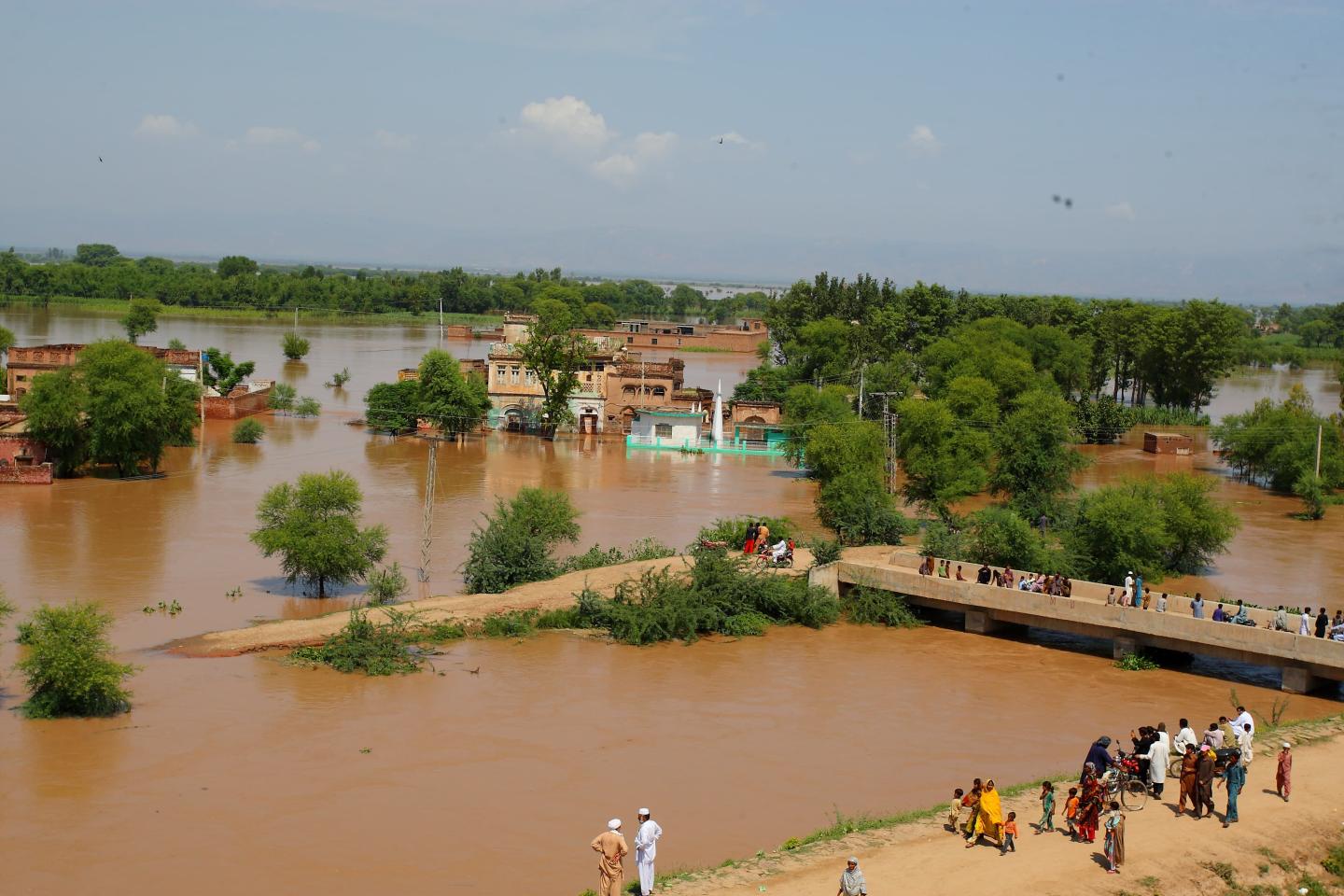
In 2022, catastrophic flooding in Pakistan, linked to climate change, affected 33 million people, despite the fact that Pakistan contributes less than 1% of the global greenhouse gases driving climate change. It highlighted the need for a fair approach to climate finance, recognizing that some countries have contributed more to the problem than others.
“The international community faces a challenging debate,” says Hoffmaister. “But consensus and cooperation is urgently needed. Millions of people will suffer if we wait for the courts to settle it.”
What happens if we don't raise this money?
If we don’t invest in fighting climate change now, we will leave future generations with a climate that’s not habitable, says Hoffmaister. That's a cost far greater than any dollar amount.
Why is the UN’s next climate conference, COP29, so crucial?
This fall, world leaders are gathering in Azerbaijan for the annual U.N. climate conference, COP29, where many meetings will focus on how much money is needed and where it will come from.
Once a figure is decided — which is expected to happen — things will move faster.
“With clarity on financing, plans become feasible, benefitting both vulnerable countries and global efforts to combat climate change,” Hoffmaister says. “Money enables action, and we need to act now if we are going to stop the worst effects of climate change."
